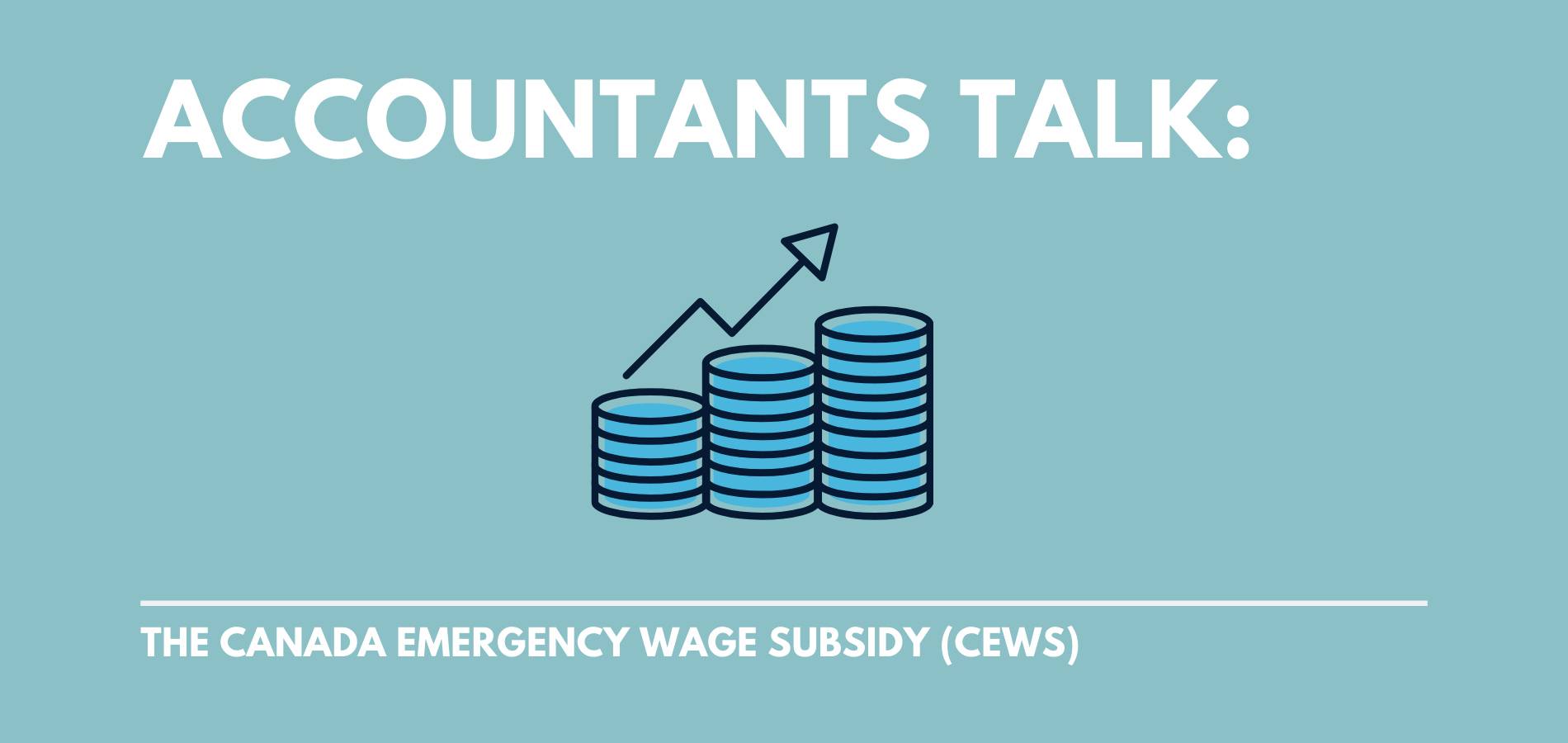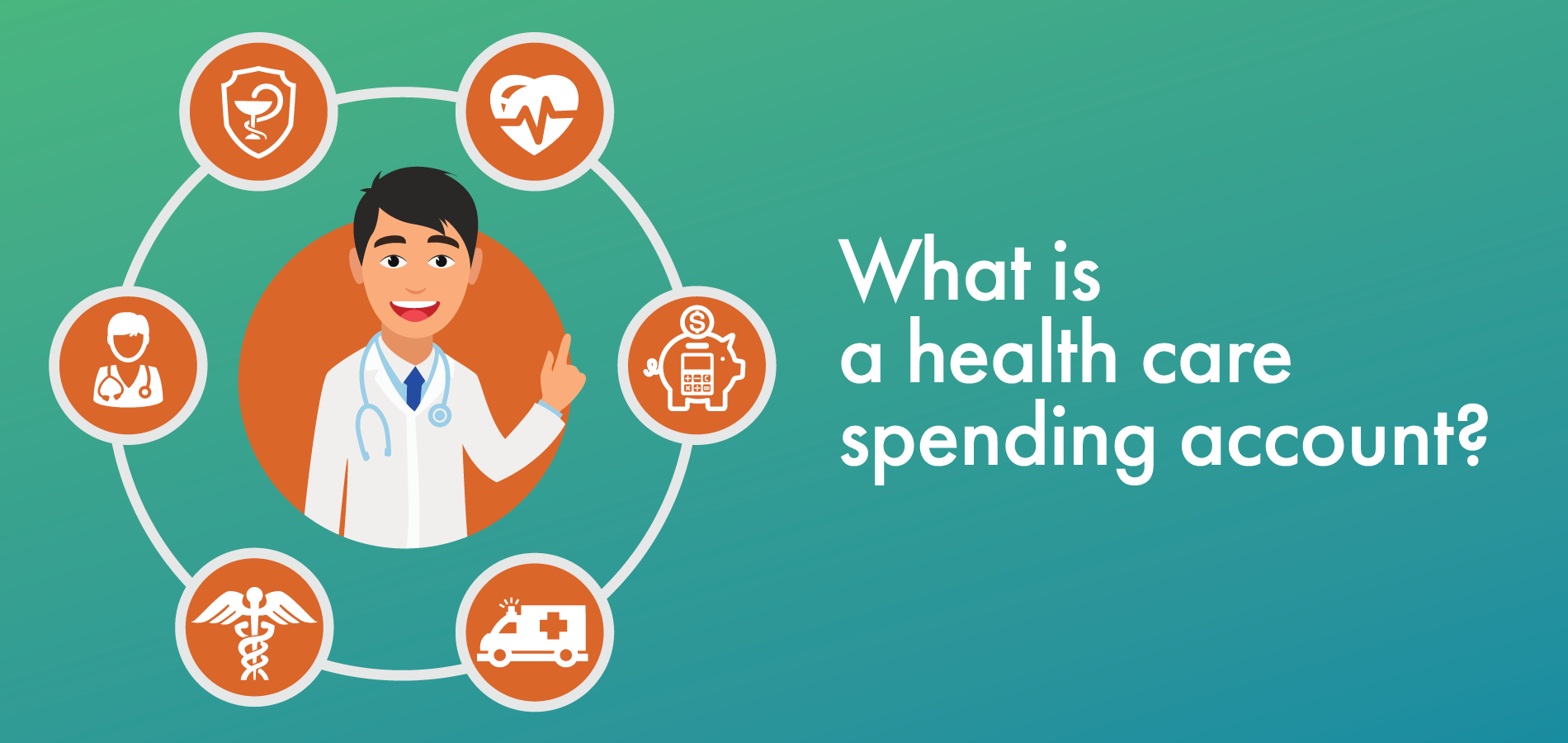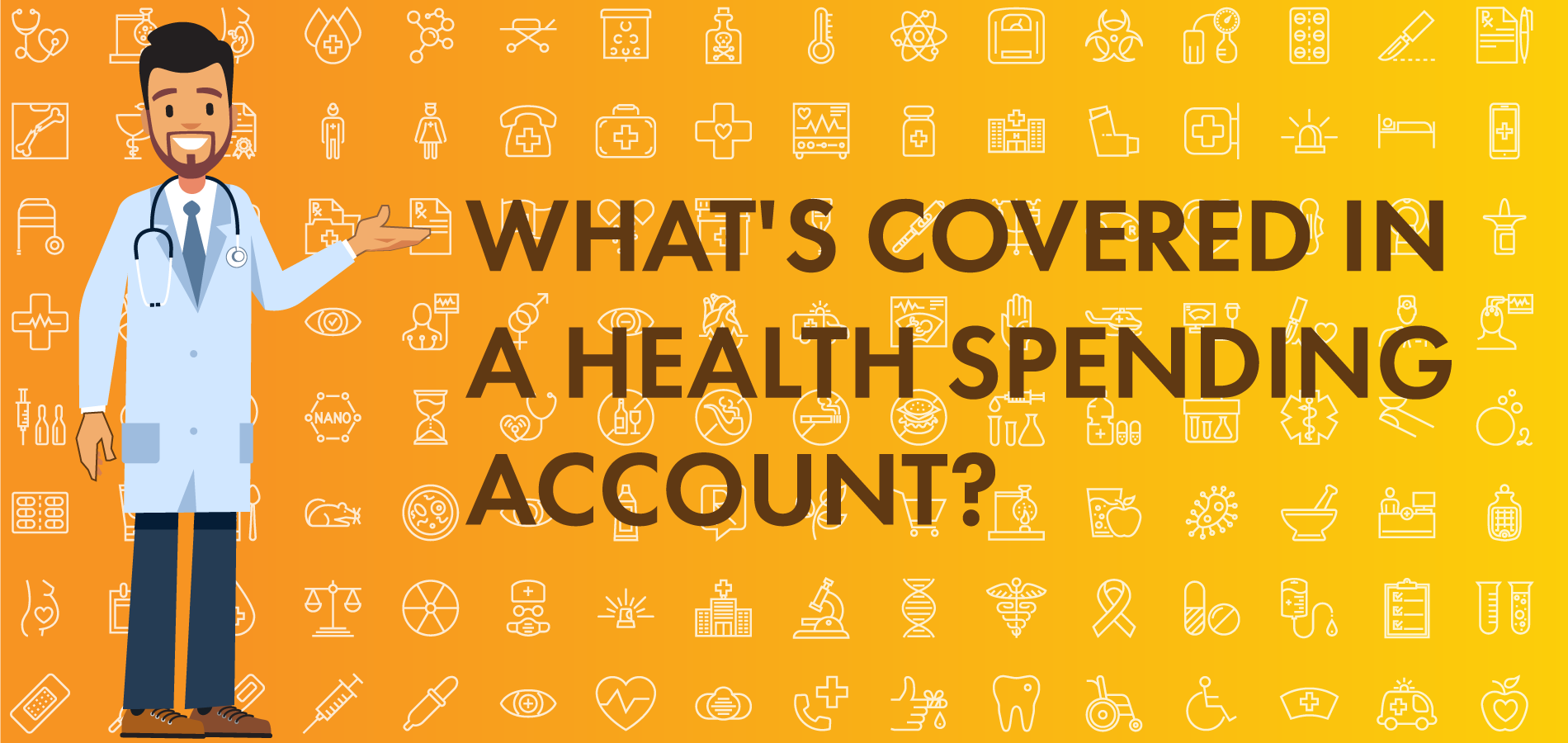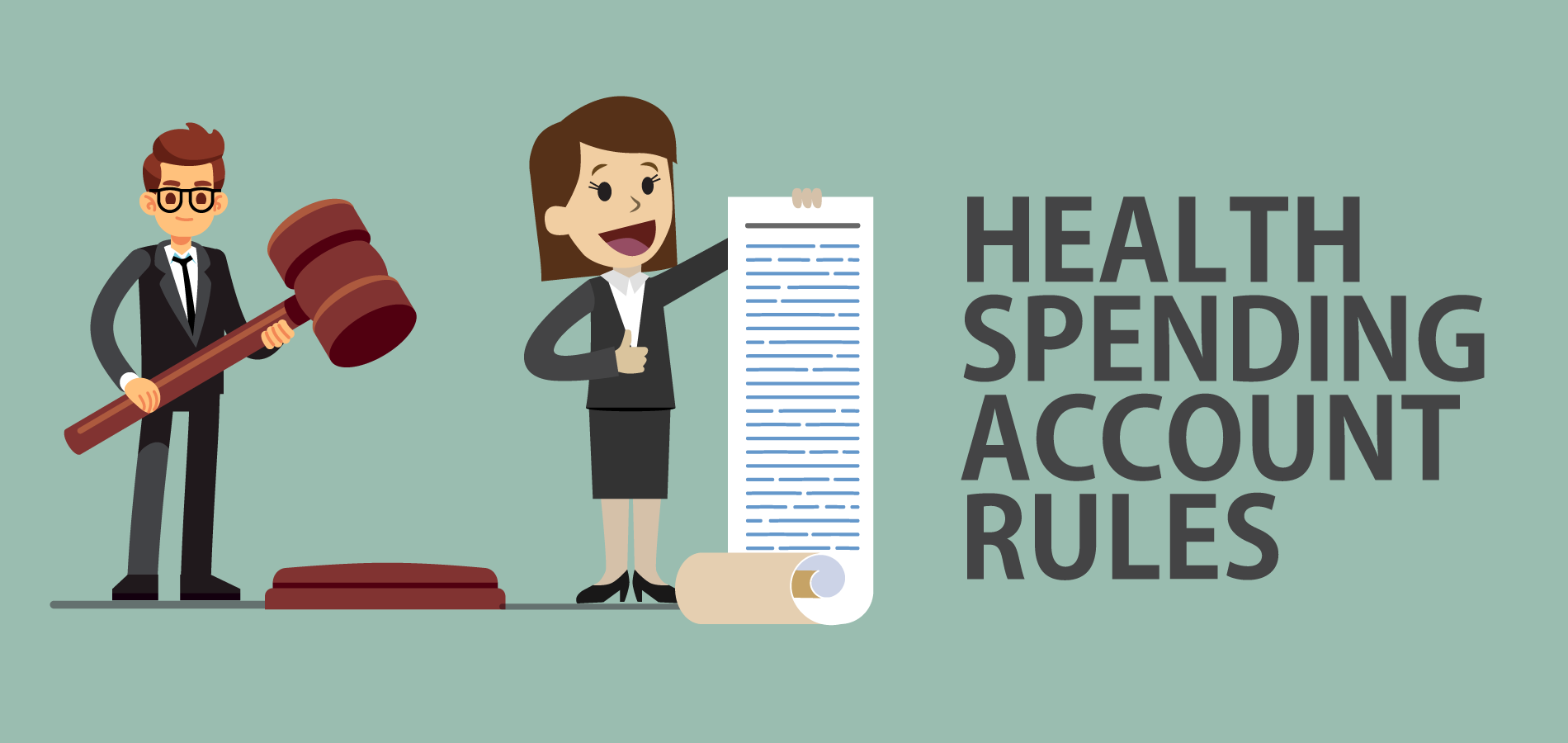If you're a Canadian employer whose business has been affected by COVID-19, you may be eligible to receive a subsidy of 75% of employee wages for up to 24 weeks. This is retroactive from March 15, 2020 and currently goes until August 29, 2020. In this article, taken from this podcast episode, Chartered Professional Accountants discuss what small business owners should know about CEWS.
As of July 17, the government announced proposed changes to the CEWS, follow along with any changes here.
Morgan: What is The Canada Emergency Wage Subsidy, and what makes a business eligible for this?
Curtis: The intent for this program is to keep people on payroll. Keep those paychecks coming in. Withholding tax on paychecks is the main revenue source for the government. It is steady payments every month and that is how they budget. That is, kind of, how they keep the country running.
With CEWS, the whole intent was to keep those paychecks coming in. If your revenue declined in the first four weeks of the program, you needed to show that you are going to decline at least 15 percent due to COVID-19, then you would qualify to have a subsidy check sent to you for 75% of the payroll expense for that period.
It was originally set to be 12 weeks long split into three four-week periods. It was March 15th to April 11th, and then April 12th to May 9th and then May 9th to June 6. They have since expanded that to run until August 29th. It seems like a very expensive program, the government is sending you checks for as many employees as you have and it can be around $847 bucks a week x12 weeks, that is just over 10 grand. So, 10 grand per employee. But when you think about it, a lot of that money is going to come right back to the government in the form of payroll remittances, and all those employees paying their bills and injecting the money back into the economy. It is a big program, but I think there is a return on investment out there that the government is banking on.
Matt: Part of the eligibility with the program is the period covering a part of March all the way through to a chunk of April. They made it a little more complicated than they could have. There is a lot of calculators out there on software and they have their own calculator as you go through the application process to make it as easy as possible.
But for most people if you are running a small business, if you are looking at "Hey, am I eligible?" Think: Did you experience a 15% drop in revenue during March 2020 as compared to March 2019? If you qualify for period one, you automatically continue to qualify through the rest of the period or the rest of the periods.
Keep recording your revenue. They do not want you to change how you are doing it. You are not supposed to decide, "Okay, I am going to stop invoicing." You are supposed to continue with the same way you have always recorded your revenue. And then if you have got bookkeeping or accounting software you are using, or an accountant or bookkeeper that is doing it for you, you should be able to pull some form of a report to show if you hit that 15% decrease.
Say you were not even in business in '19. They allow you to look at what is your average revenue from January and February of 2020 and compare that to March. You can go on to the government of Canada's website and take a look at the more specific details of the eligibility criteria, but most small businesses are going to tick most of the boxes as long as they have that revenue drop. So, just comparing period to period to see if you tick all the boxes. That is the main step in seeing if you are eligible and it can be backdated too. So if you have not already done it, you can still claim it back to the period when it started.
Curtis: One other thing to note on the wage subsidy, if you do not meet the criteria for the 75% wage subsidy, there is the 10% temporary wage subsidy. This was the first program announced and then they came out with the CEWS, which is the Canada Emergency Wage Subsidy. There is a 75% program and that is the main program, but if you do not qualify for that, you may qualify for the 10% wage subsidy.
Morgan: For a business that uses this subsidy, are there any long-term impacts to consider?
Curtis: There is one major one. The subsidy that you receive as small business, that is going to be considered taxable income. You'll get your check, or your direct deposit from the government and you cannot forget that they are going to tax it. So they are going to treat that as normal taxable income for your company, or your business, or your sole proprietorship, and they are going to tax you on it. It will be treated like normal income. That is one of the biggest things to remember because it is pretty sizable.
Matt: Yeah, and they will want to come back and verify that you actually qualify. They would want your payroll records for the period that you are claiming, they want to see all that. They will likely want to see some sort of backup to support your drop in revenue and explanation of how or what was your method of revenue recognition. Was it cash or was it accrual? Was an invoice generated or was it cash deposited? You have to choose one method and stick to it. I think they will be busy auditing, which again is putting people back to work with the return on investment on it. But yeah, you just want to make sure you have all your information document as you go. Because those questions from the government might not come for a year. It might be next summer or maybe next fall and then you do not want to be relying on memory and shoddy books. You want to make sure you have your documentation tight right now.
Curtis: Also, tracking the subsidy calculation per employee, that is going to be important because the T4 that ends up getting created and given to employees or owners or whoever is being paid a wage, that is going to have to be included in the T4 to indicate how much of the wage subsidy applied to that person, that individual.
Listen to the full episode
Olympia Benefits is a provider of Health Spending Accounts, a legitimate and cost-effective solution to paying for medical expenses as a small business owner. We help 55,000+ across Canada. To see if an HSA can help you save on personal medical expenses, learn more about the plan with our FREE guide below:

Talk to your accountant about an HSA - send them this guide:
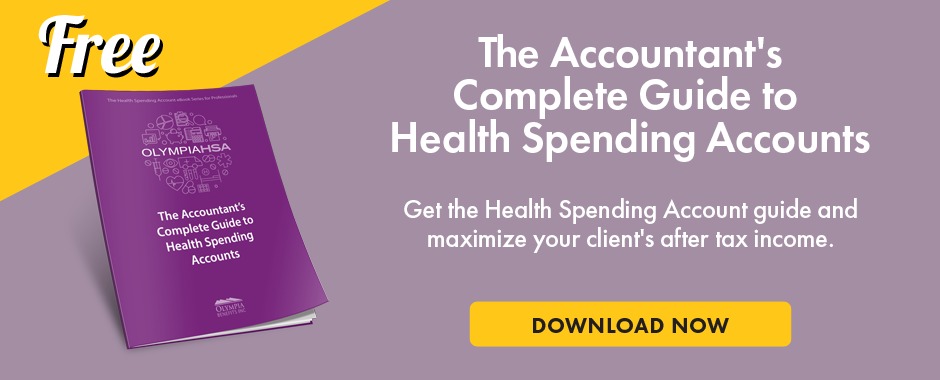
Related Podcast Episodes:
How to Recover from Debt of Any Size
The Connection Between Financial, Physical, and Mental Health
Tips for Small Business Accounting
https://www.canada.ca/en/revenue-agency/services/subsidy/emergency-wage-subsidy.html
